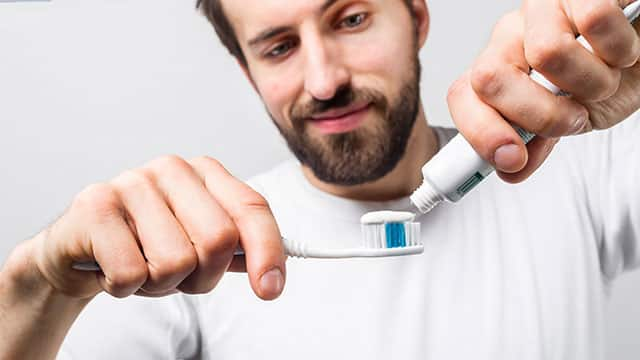What Causes a Dry Socket?
Before we get into preventing a dry socket, let's dive deeper into how you might get one. That starts with a tooth extraction or exodontia, a procedure to get one of your teeth pulled. You may need a tooth extraction due to:
- Damaged or decayed tooth
- Crowded mouth or impacted teeth
- Infection or risk of infection
There are a few complications that could arise from a tooth extraction. A dry socket is the most common complication but also very avoidable.
What Is a Dry Socket?
A blood clot, the right kind, forms to protect the bone and nerves at your tooth extraction site. Sometimes, though, the clot can become dislodged and not heal properly. It allows the nerves and bones to go unprotected from bacteria leading to significant pain and discomfort. A dry socket also slows down the recovery process, so it's best to see your dentist again right away.
How to Prevent Dry Socket
We know what caused it. We know what it is. Now, we turn to prevention. How you prevent a dry socket is actually quite simple. It should be familiar to anyone who practices proper oral hygiene. Keep your tooth extraction site clean and healthy after getting your tooth pulled. You can do that by following these tips:
- Food and drink
- Don't eat anything hard, sticky, or chewy for several days after the procedure. Avoid straws, eating on the side of the extraction, and sugary, caffeinated, alcoholic beverages. Soft foods and a lot of water are your friends.
- Tobacco use
- This one is pretty self-explanatory. Don't use tobacco. Smoking will expose bacteria to the site, and chewing tobacco will hurt the clot. And both slow the healing.
- Hygiene
- Take a day off before tending to the extraction site. You can still carefully brush your other teeth and tongue. After 24 hours, you can rinse with an antibacterial mouthwash to clean up the extraction site.
- Rest
- Allow yourself some time to heal and relax. Stay away from anything or any activities that are too physical or could affect your mouth in any way. A few days of "you" time in bed streaming your favorite show never hurt the healing process.
Treating a Dry Socket
If you do have to endure a dry socket, see your dentist right away. They can tend to the site and help lessen the pain. Your dentist will treat the dry socket with:
- Paste
- A medicated dressing (dry socket paste) will help number the pain
- Pain Reliever
- A nonsteroidal anti-inflammatory drug, such as aspirin or ibuprofen
Don't worry about the tooth extraction. That's out of your hands. Just focus on what you do after. Be sure to follow your dentist's advice, be smart, and gently and adequately care for your tooth extraction site. If you do all that, you'll definitely be dodging that dry socket.
Oral Care Center articles are reviewed by an oral health medical professional. This information is for educational purposes only. This content is not intended to be a substitute for professional medical advice, diagnosis or treatment. Always seek the advice of your dentist, physician or other qualified healthcare provider.
ORAL HEALTH QUIZ
What's behind your smile?
Take our Oral Health assessment to get the most from your oral care routine
ORAL HEALTH QUIZ
What's behind your smile?
Take our Oral Health assessment to get the most from your oral care routine















